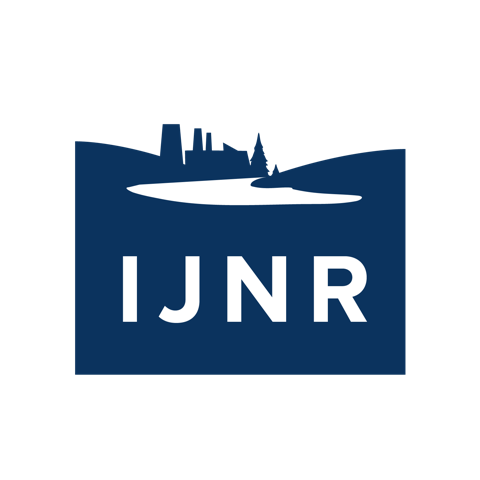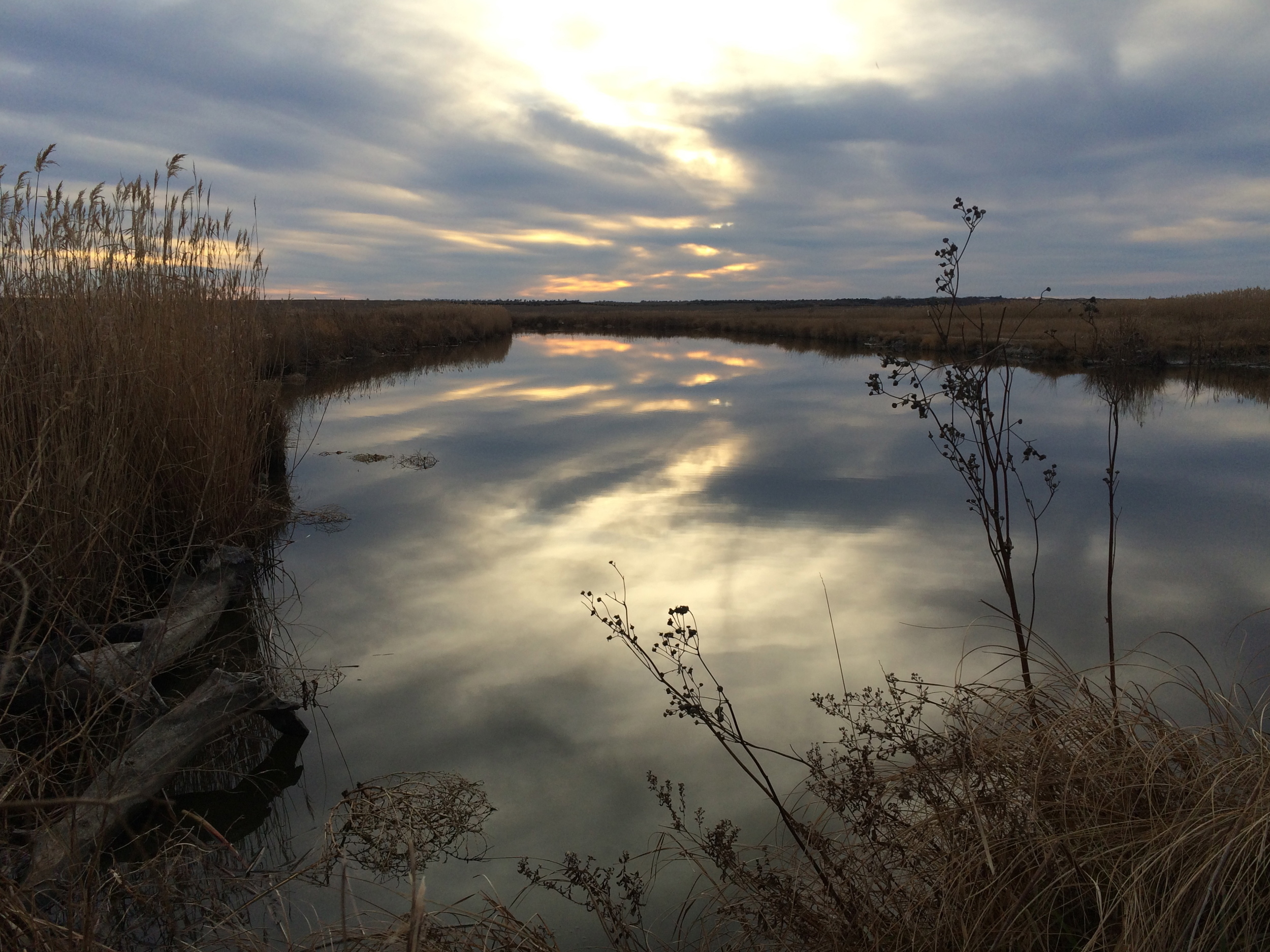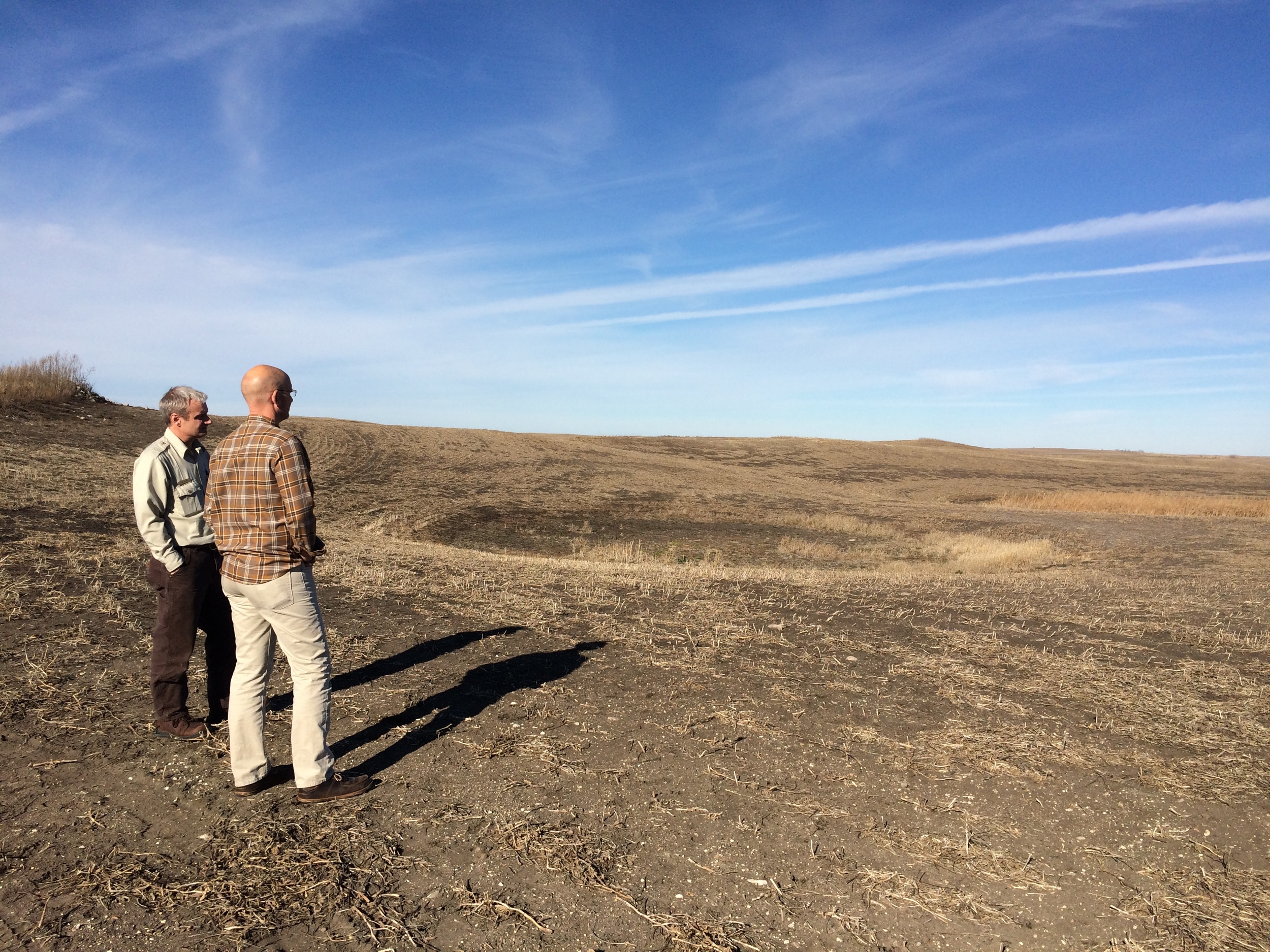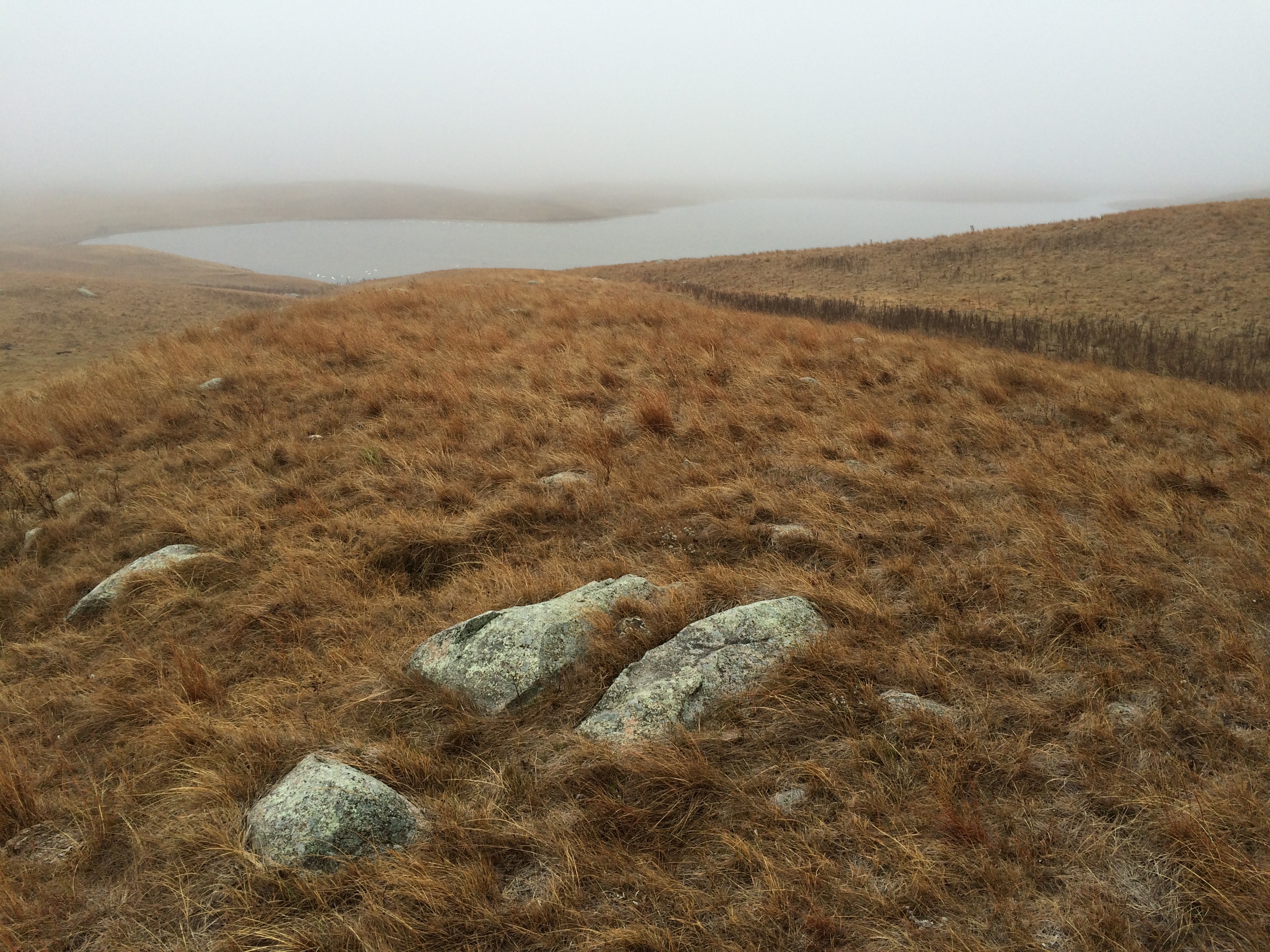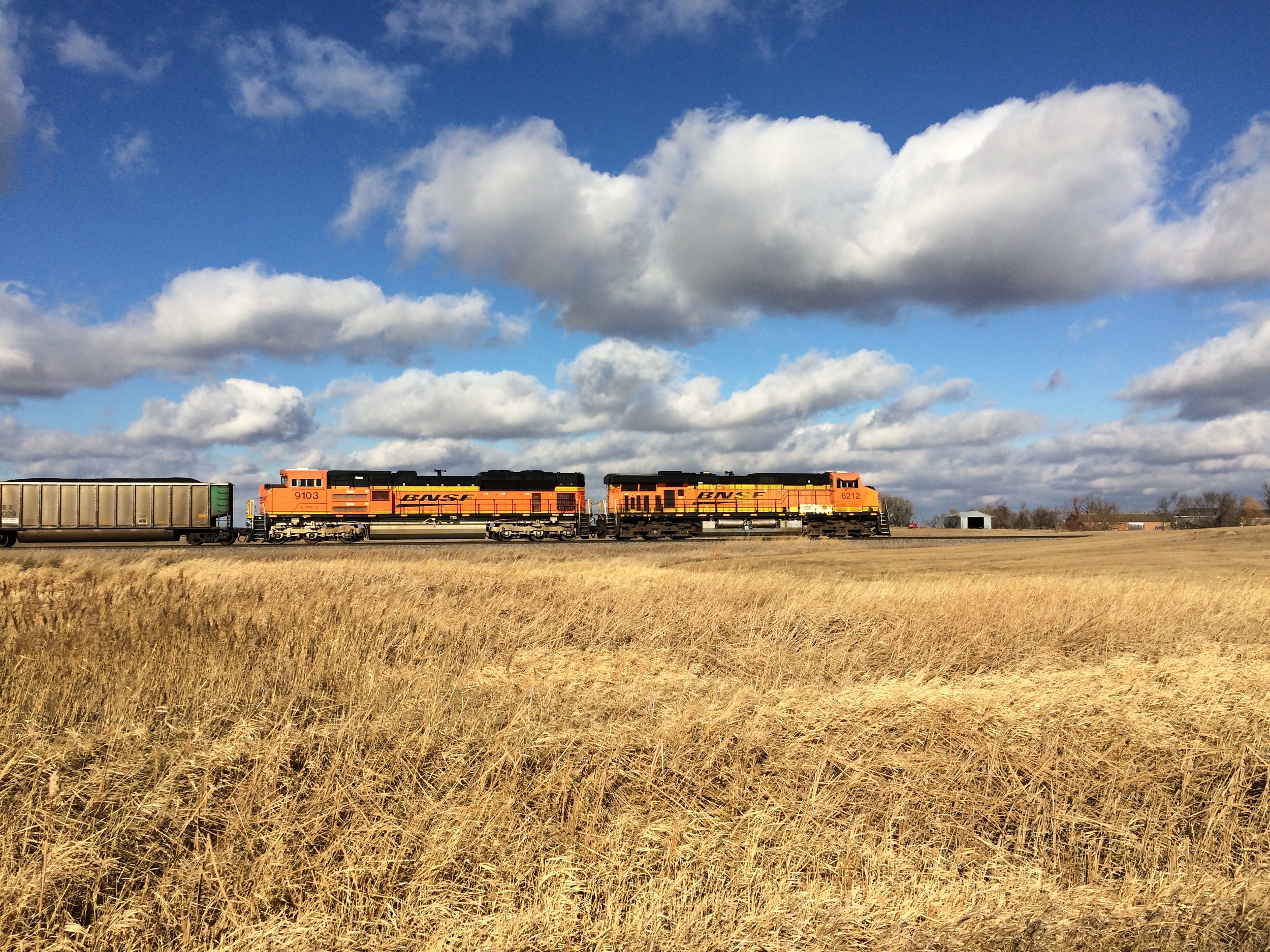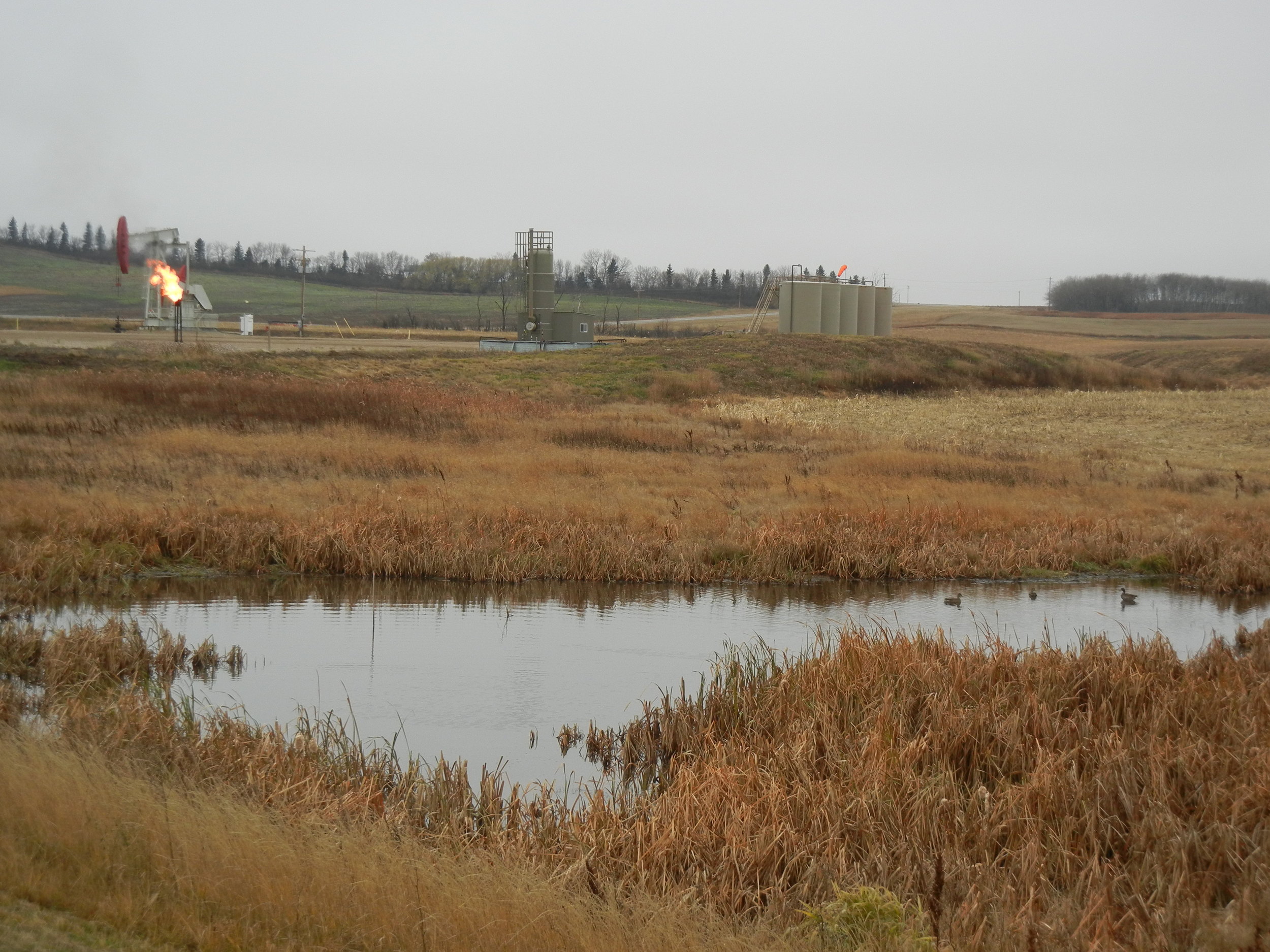Photo USFWS
Prairie Pothole Institute
North Dakota
June 5-11, 2016
From oil and ethanol to ducks and bees, the products of North Dakota’s prairie pothole region make their way across America, playing a large role in everything from our energy infrastructure to our agricultural systems to our outdoor economies. From June 5th through the 11th, IJNR led a select group of journalists on a week-long tour of this region as we explored the stories that arise when environments and economics intersect.
It was a chance to get out into a landscape like no other. The prairie pothole region, a remnant of the last Ice Age, is a mixture of grasslands, wetlands and remnant prairie stretching from western Iowa and Minnesota, through the Dakotas and up into Canada. Affectionately called the “duck factory” of North America, it is where more than 50 percent of the continent’s migrating ducks raise their young each year. It is also crucial breeding and migratory habitat for other waterfowl – snow geese, Canada geese and tundra swans, as well as song birds like Baird’s sparrow and the sedge wren.
But this beautiful region isn’t just for the birds. It is also the scene of change on a decidedly human scale. And there is no better place to see this in action than North Dakota. There, the massive Bakken shale formation, beating heart of the natural gas boom, overlaps the prairie pothole region on the west. To the east, grasslands and wetlands are being plowed under for corn as farmers chase high prices associated with the rise of ethanol as a biofuel. Resisting these changes, other groups are digging in their heels, hoping to keep some of this glacial gift off-limits to development.
Journalists on IJNR’s Prairie Pothole Institute met the people and saw the places involved in a number of important natural resource stories currently unfolding in North Dakota. Among other things, participants:
- Headed out into the field with federal and state agencies to do bird counts and nest checks as they take a census of breeding waterfowl.
- Toured an ethanol plant and met with local officials and farmers embracing the rise of this corn-based biofuel in our energy economy.
- Explored Chase Lake National Wildlife Refuge, where resource managers scramble to conserve prairie and grassland amid the rising sea of corn and soybeans.
- Visited Ducks Unlimited’s 2,500-acre Coteau Ranch to discuss waterfowl conservation, cattle grazing and land conservation in North Dakota.
- Headed to the eastern edge of the Bakken shale formation, to see how federal and state agencies are working with oil and gas companies to understand the impacts of development and research ways to mitigate them.
- Spent time at Woodland Resort on Devils Lake, where local guides, business owners and officials discussed the importance of outdoor pursuits in rural economies.
- Peeked inside a beehive and toured a “honey house” to discuss how the rise of corn and soybeans diminished the diversity of flowering plants on the prairie, impacting bee health and the system by which most food crops in America are pollinated.
